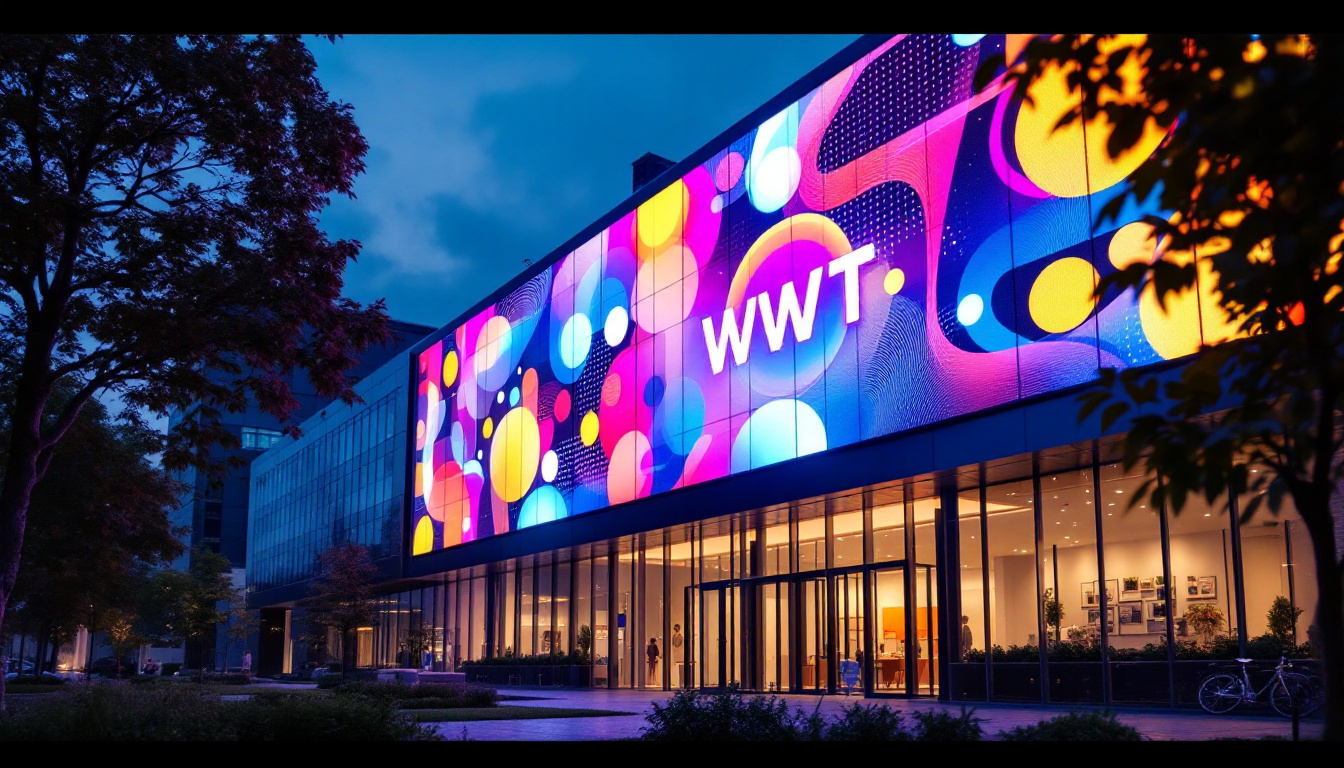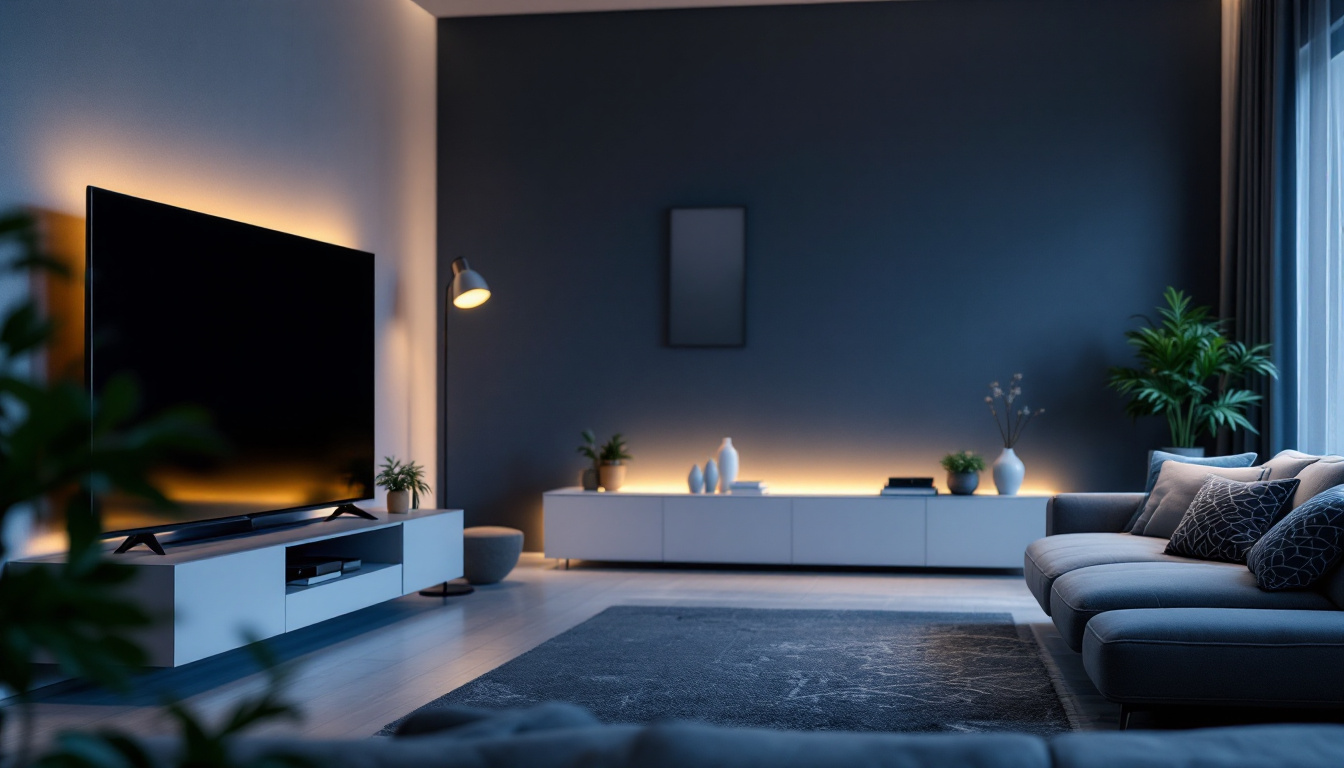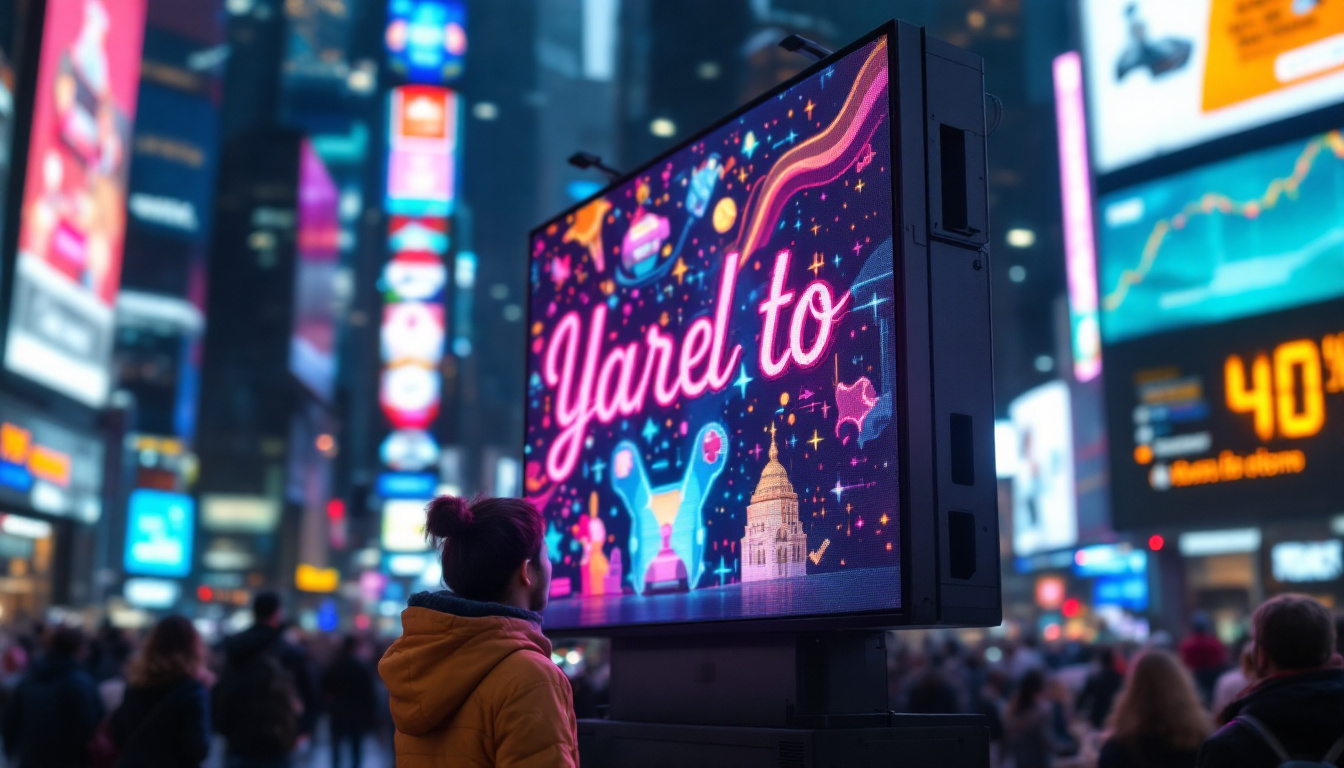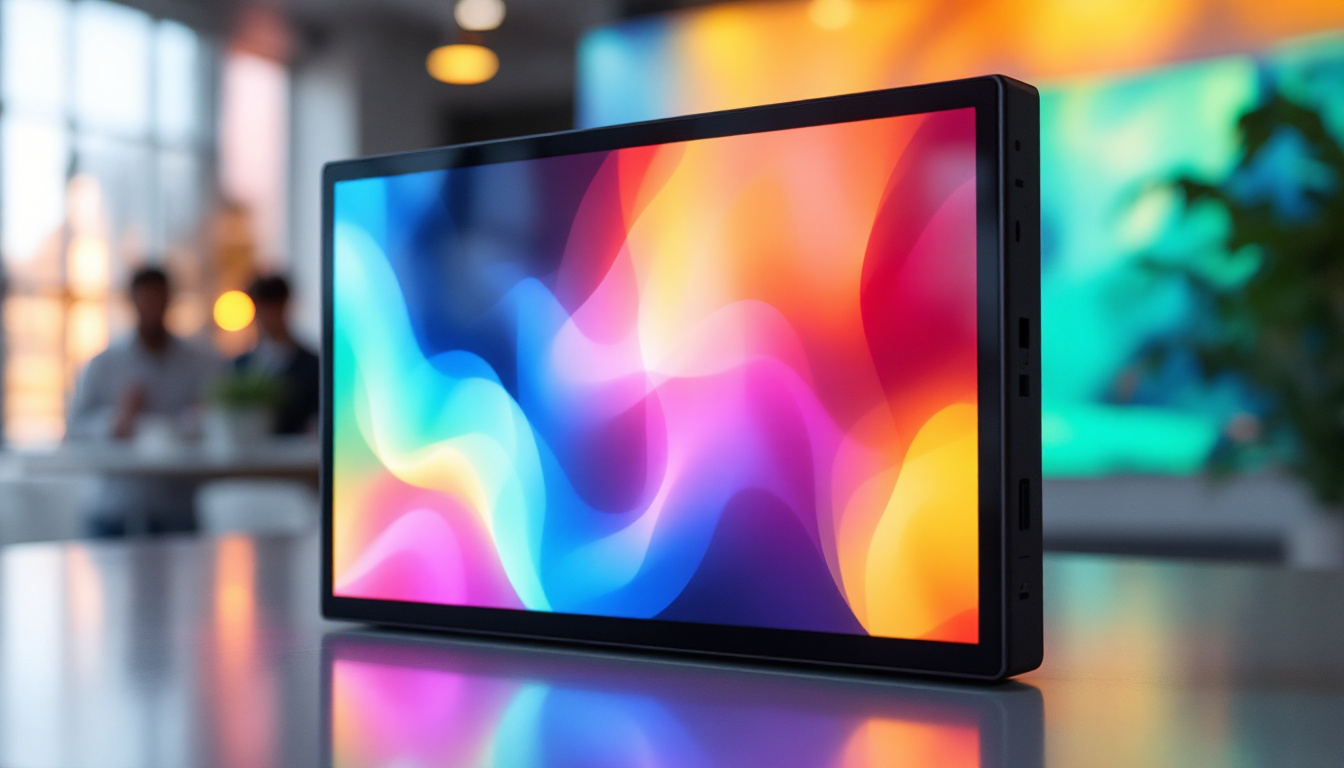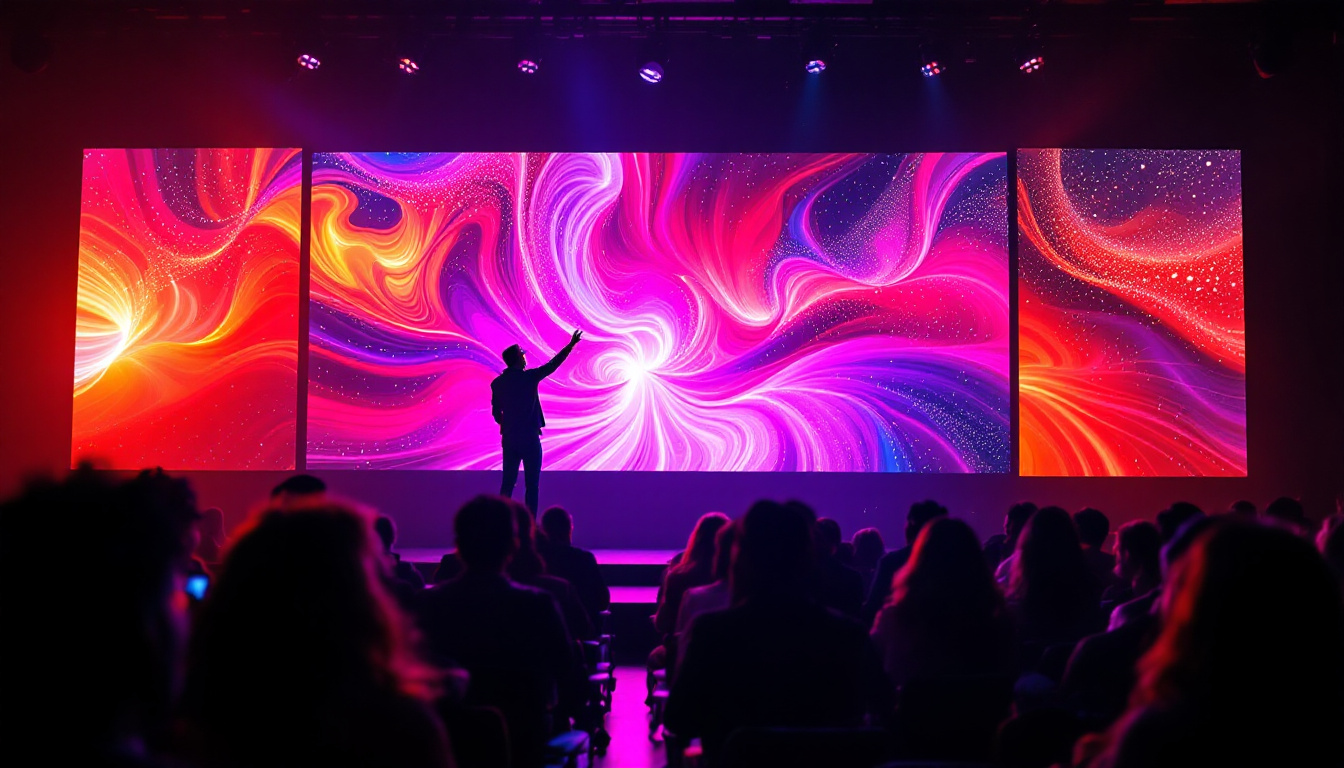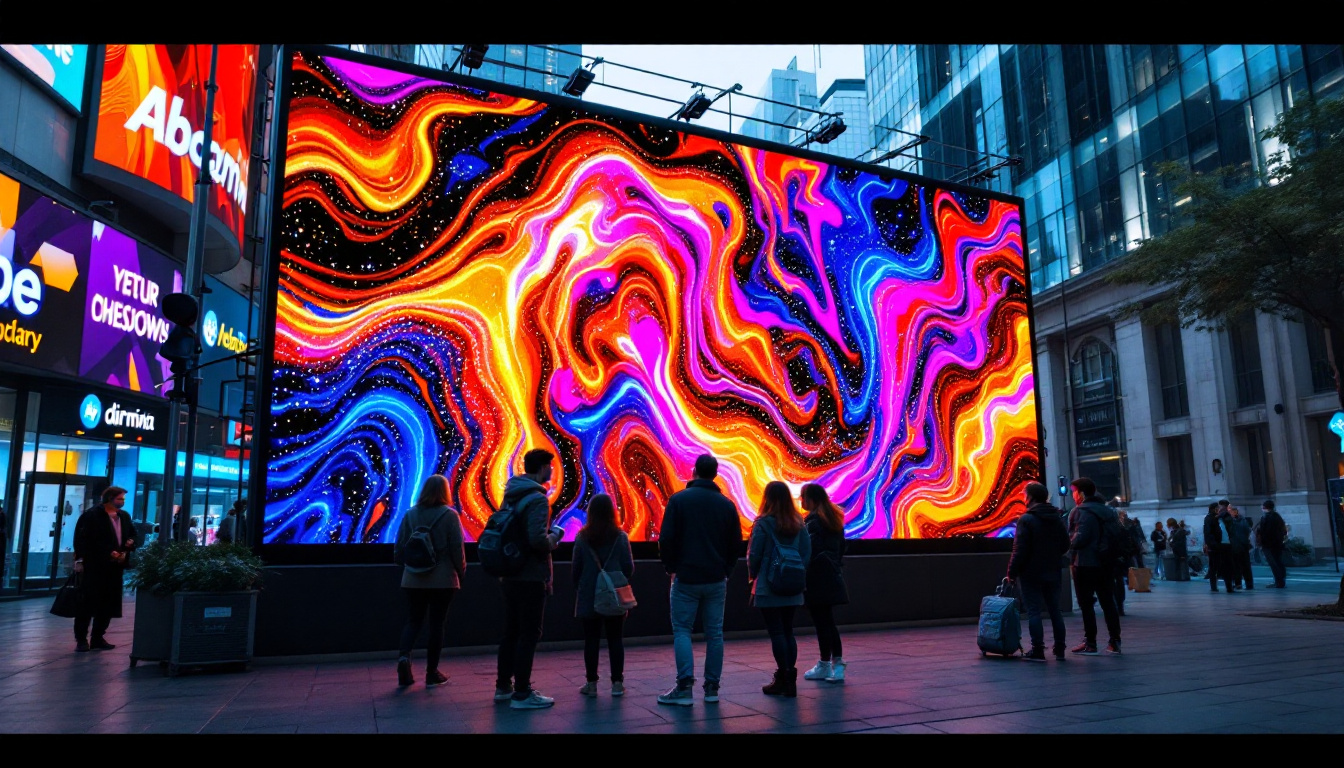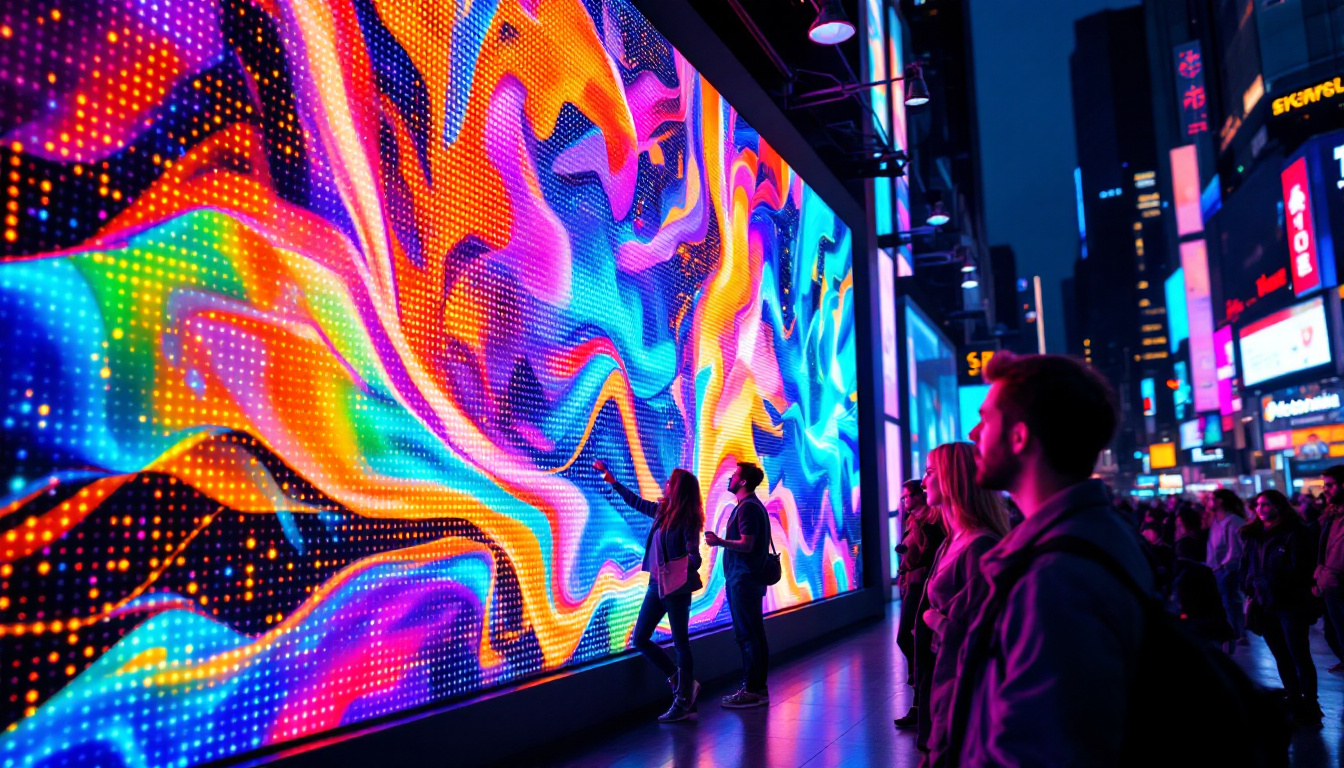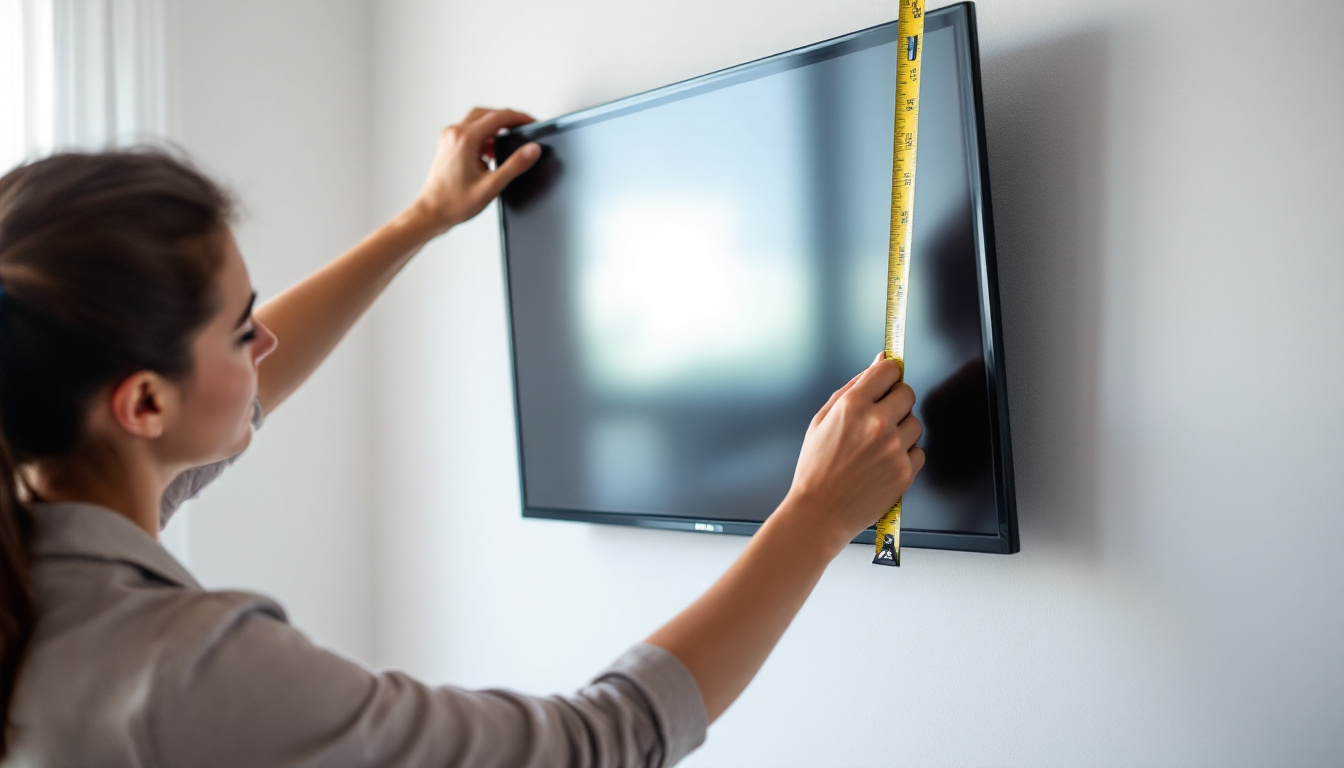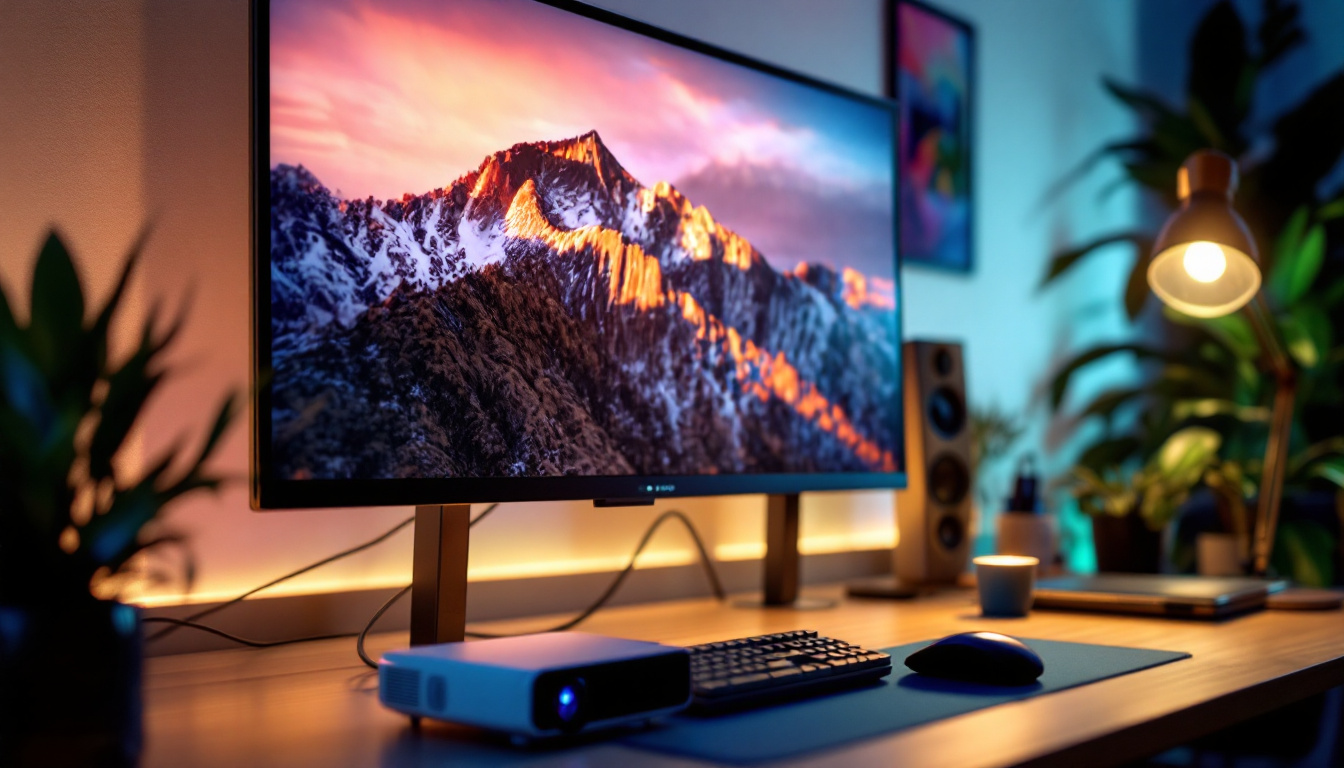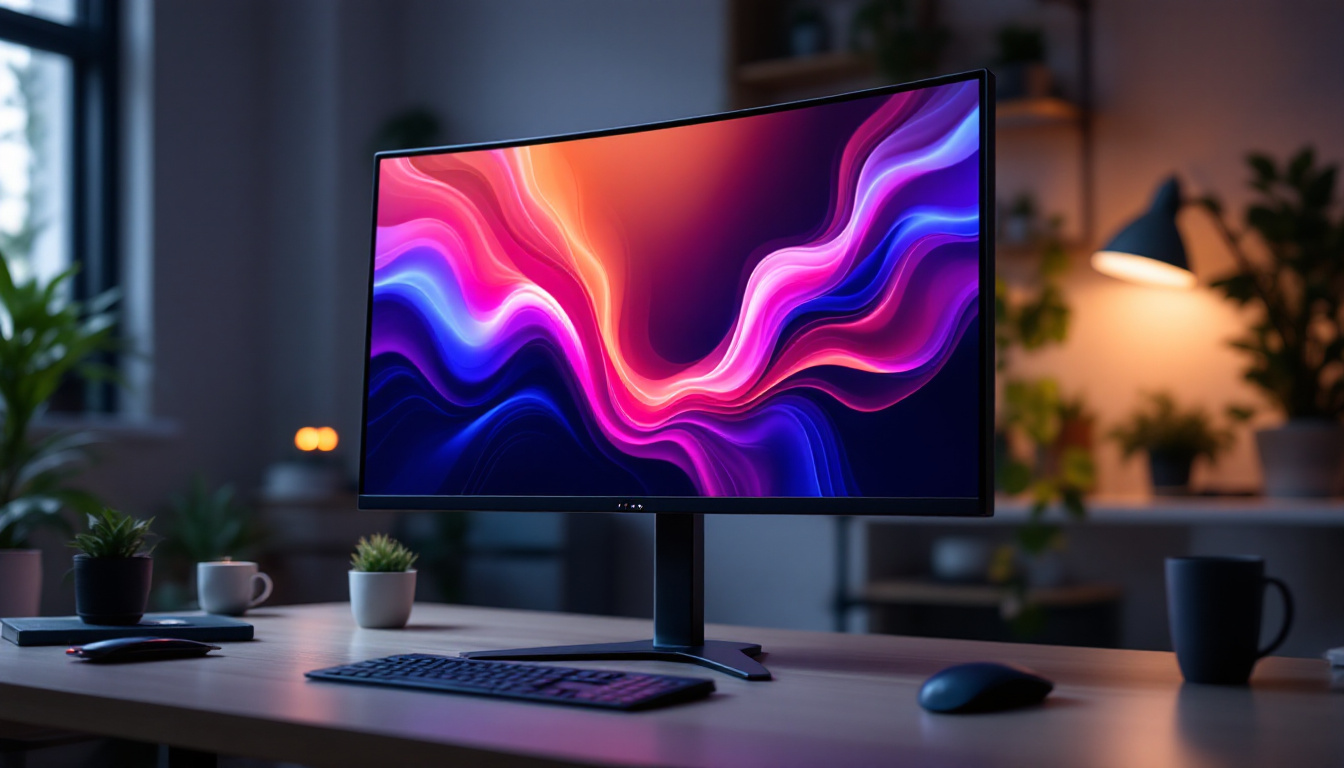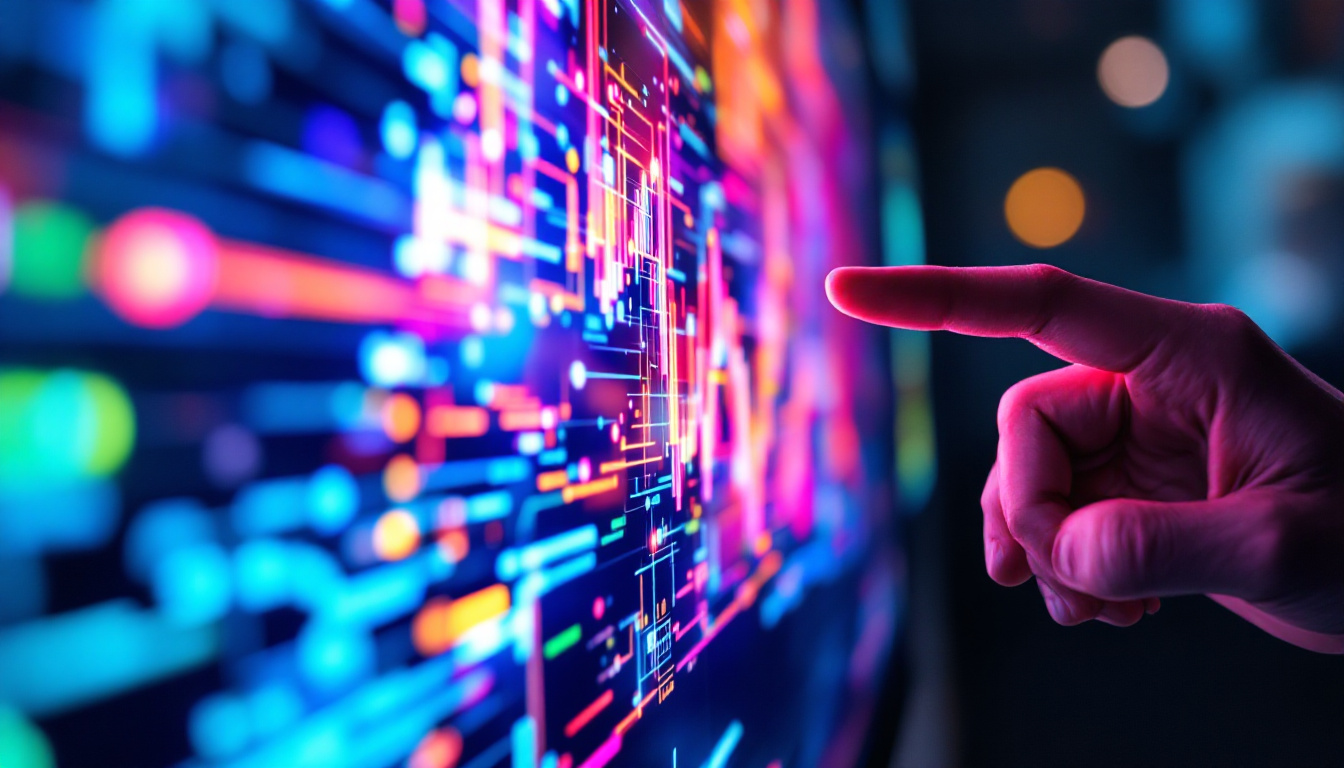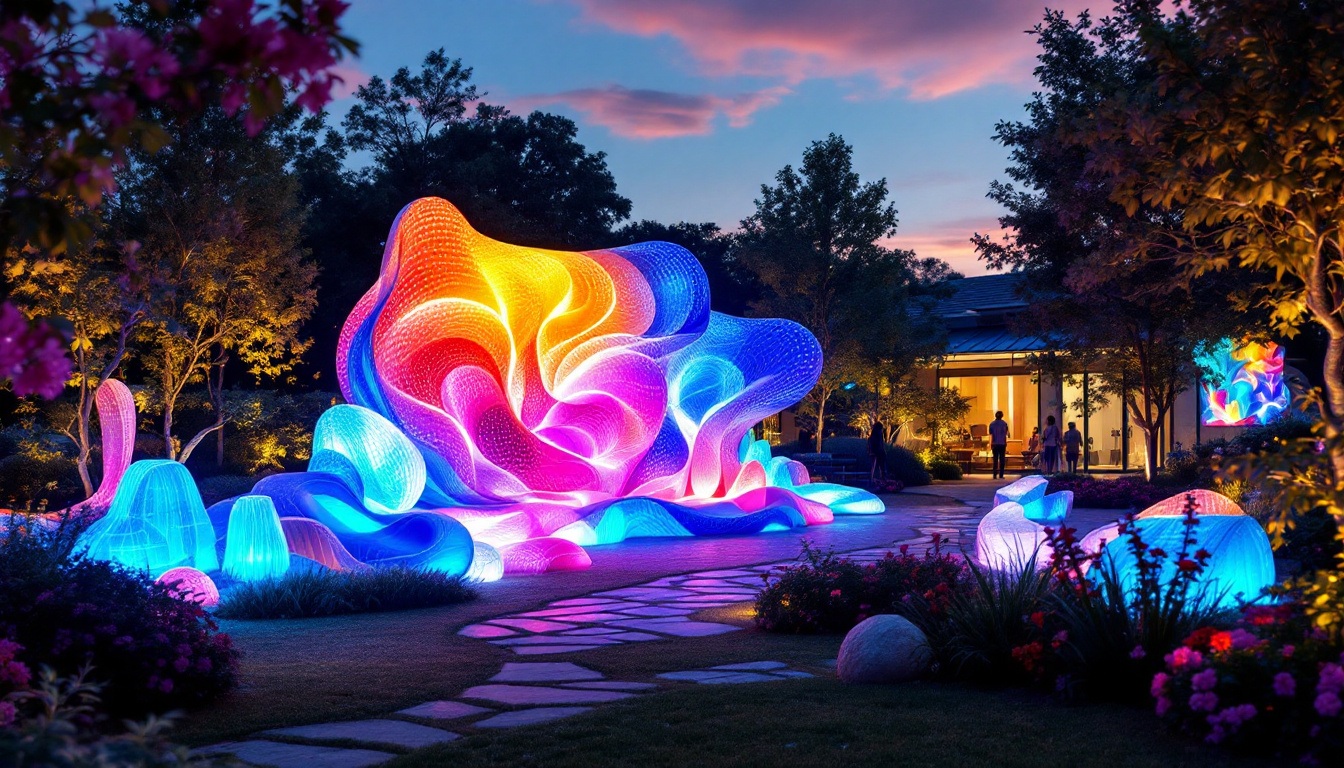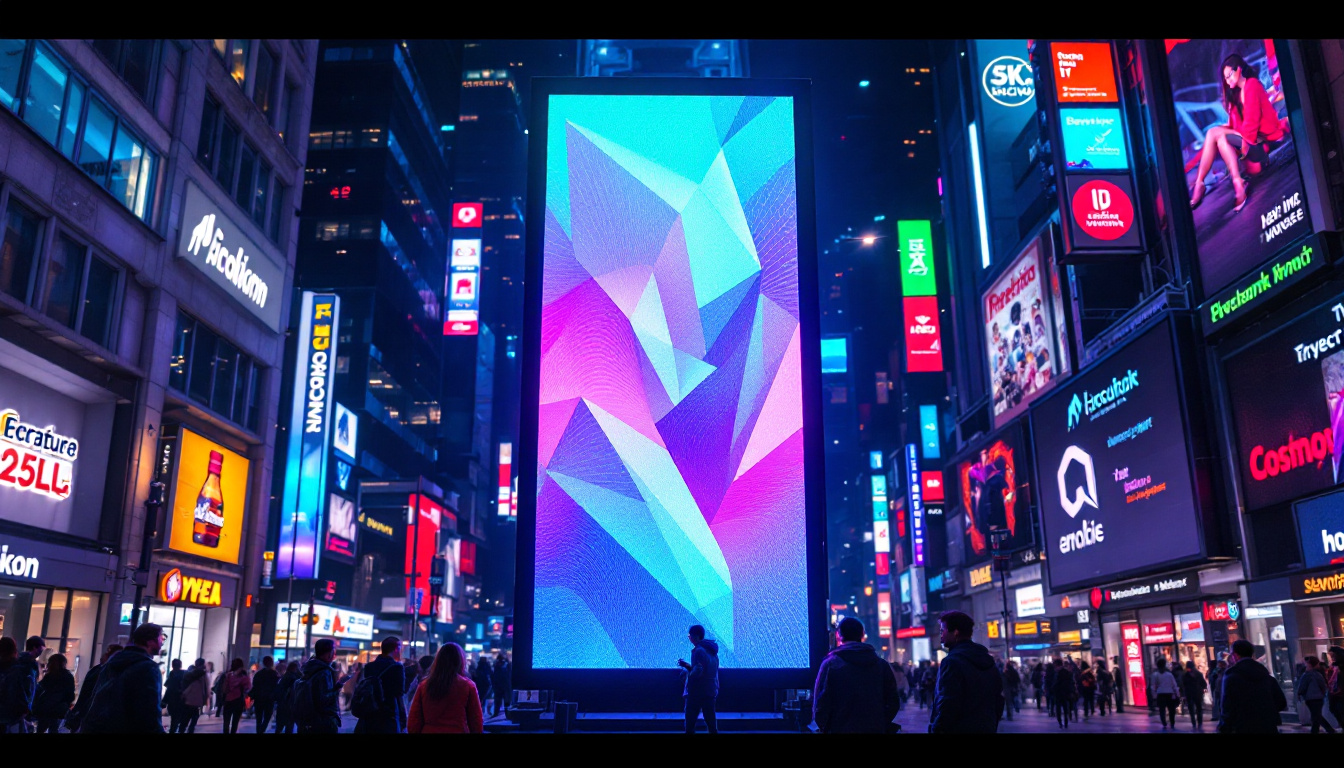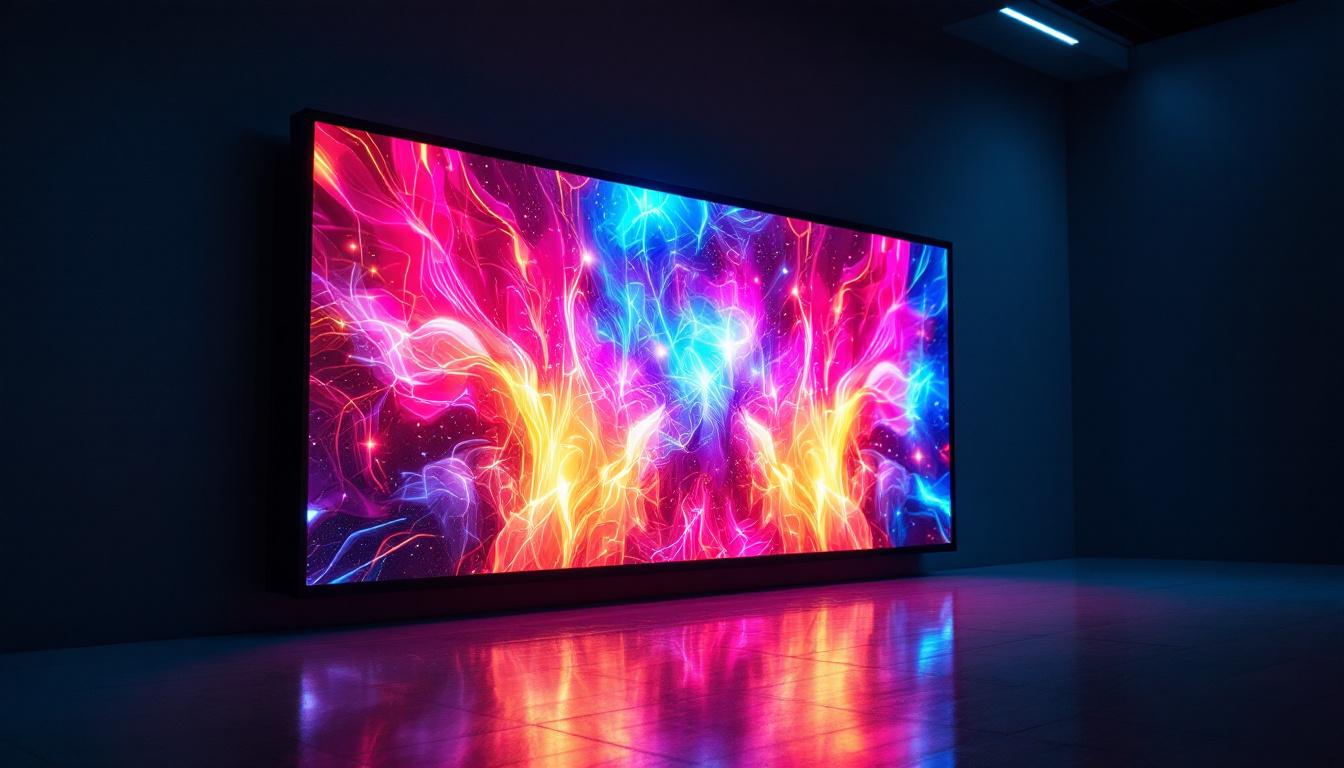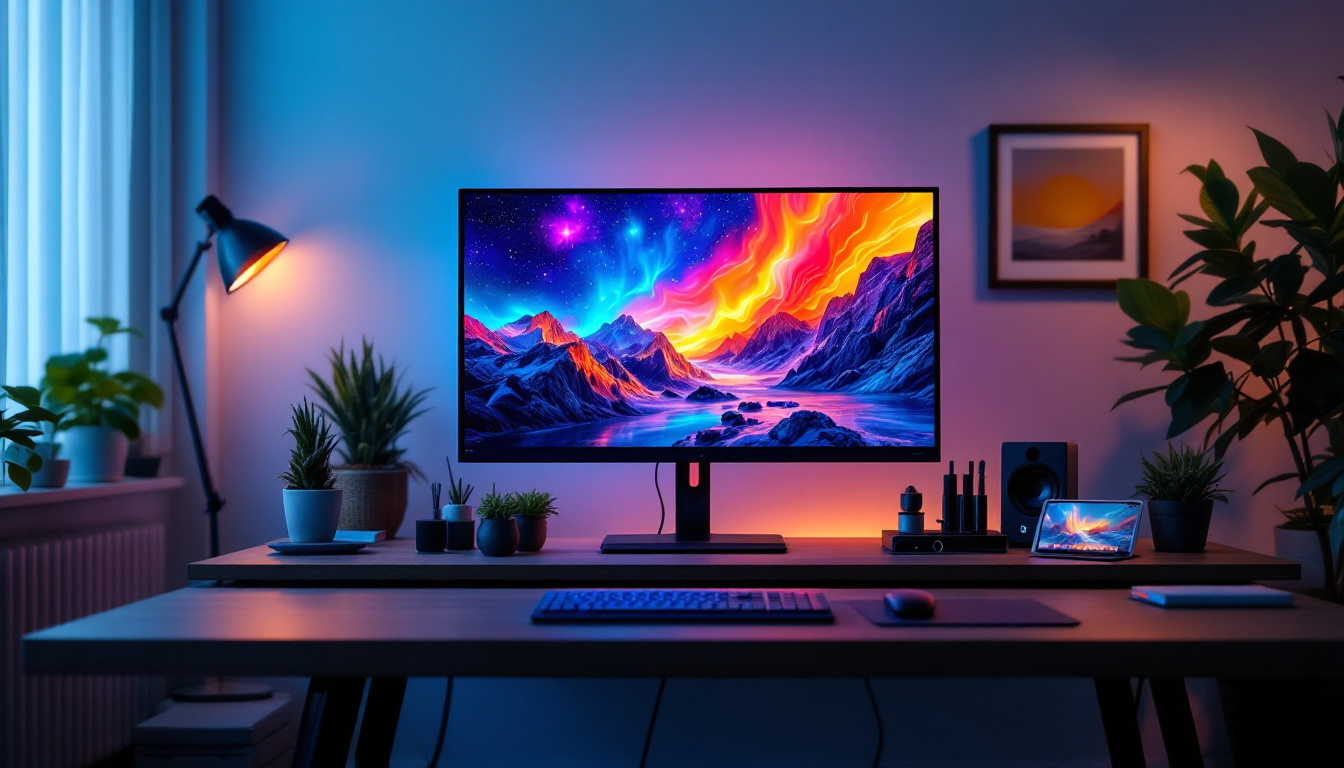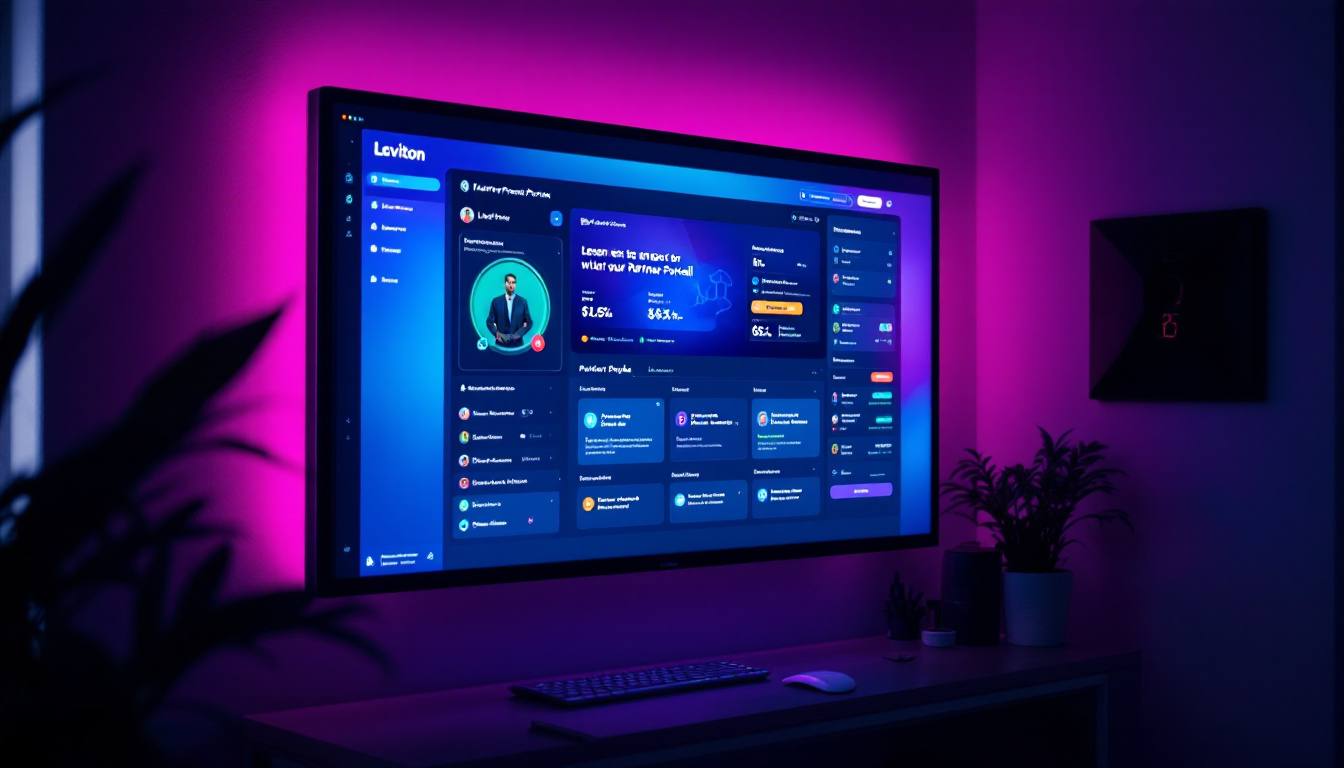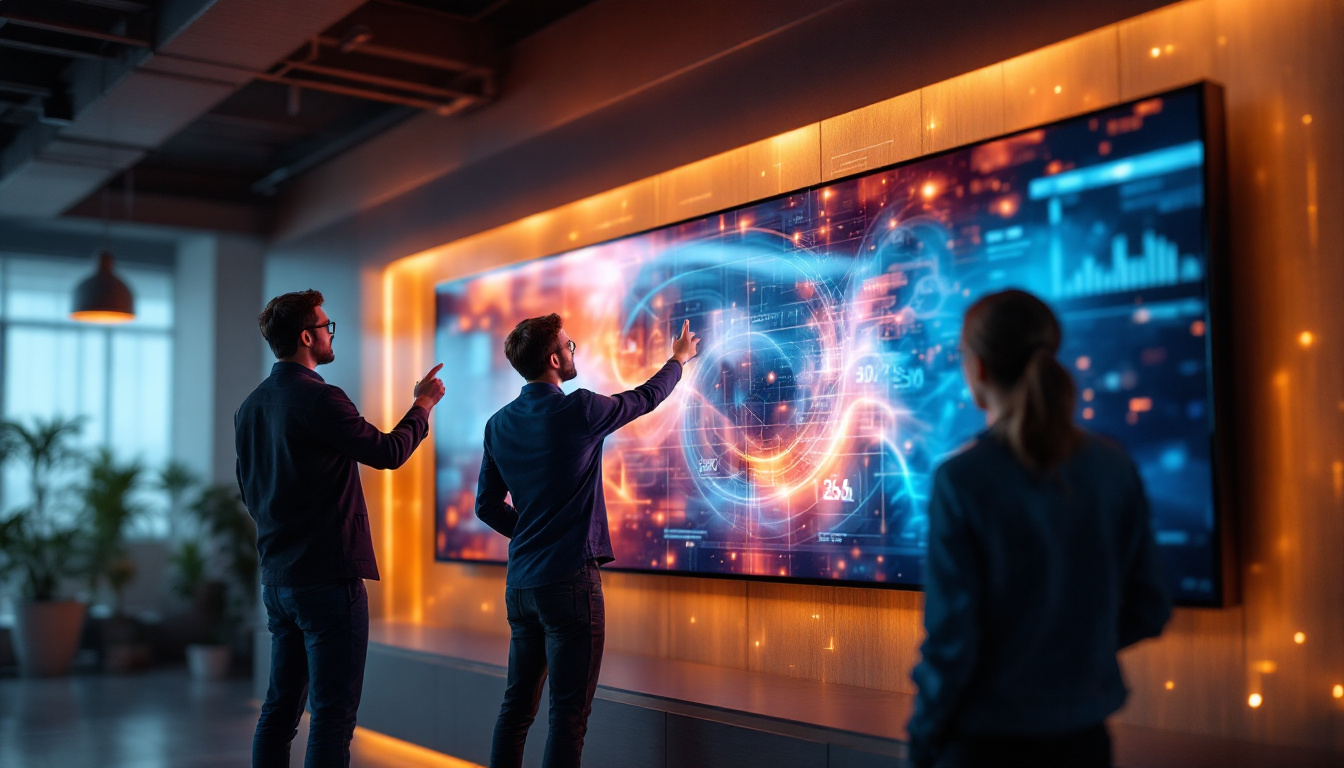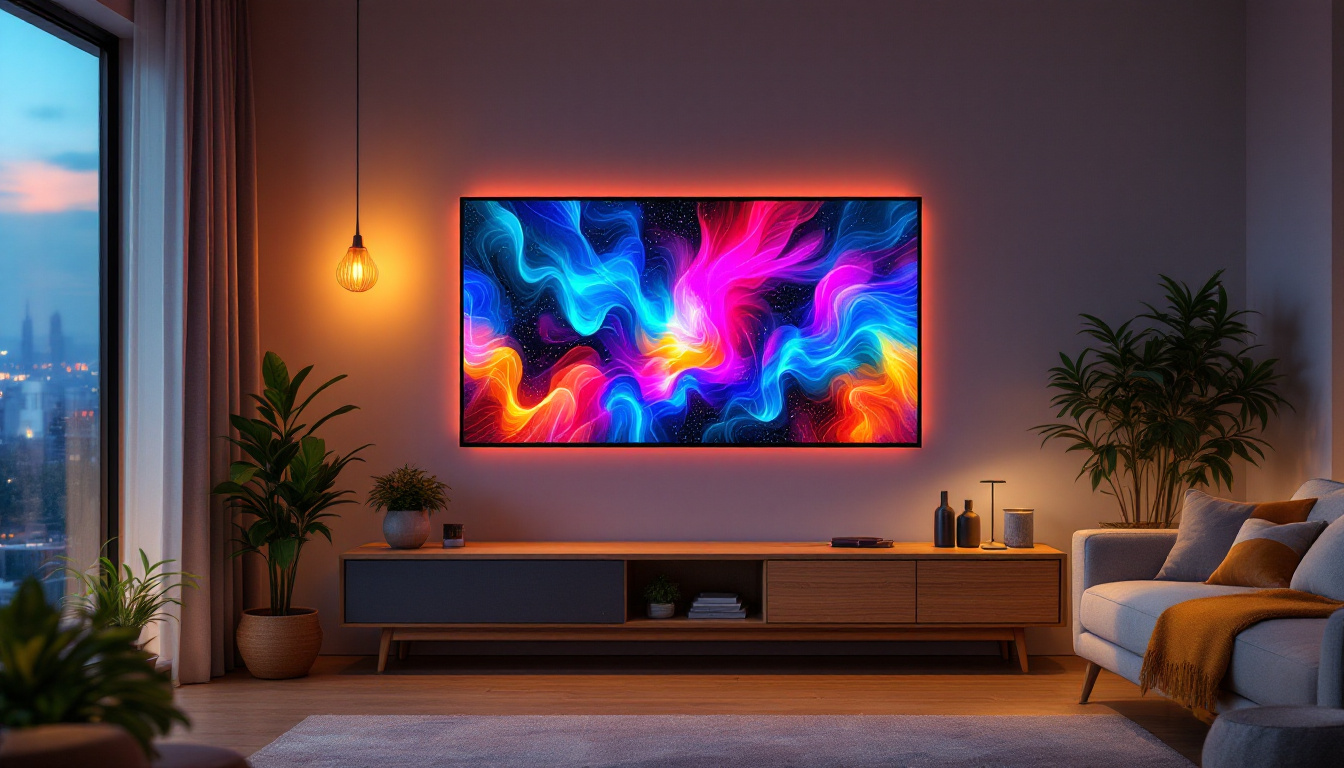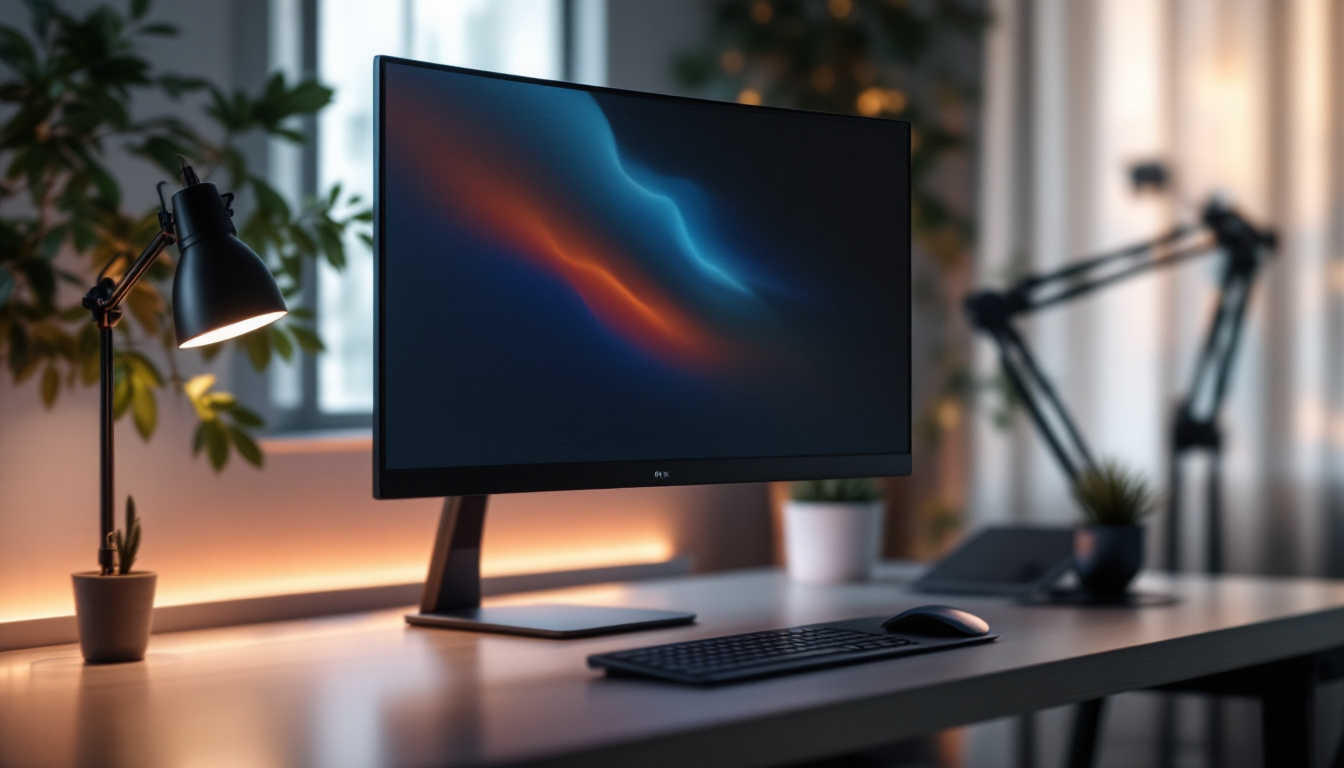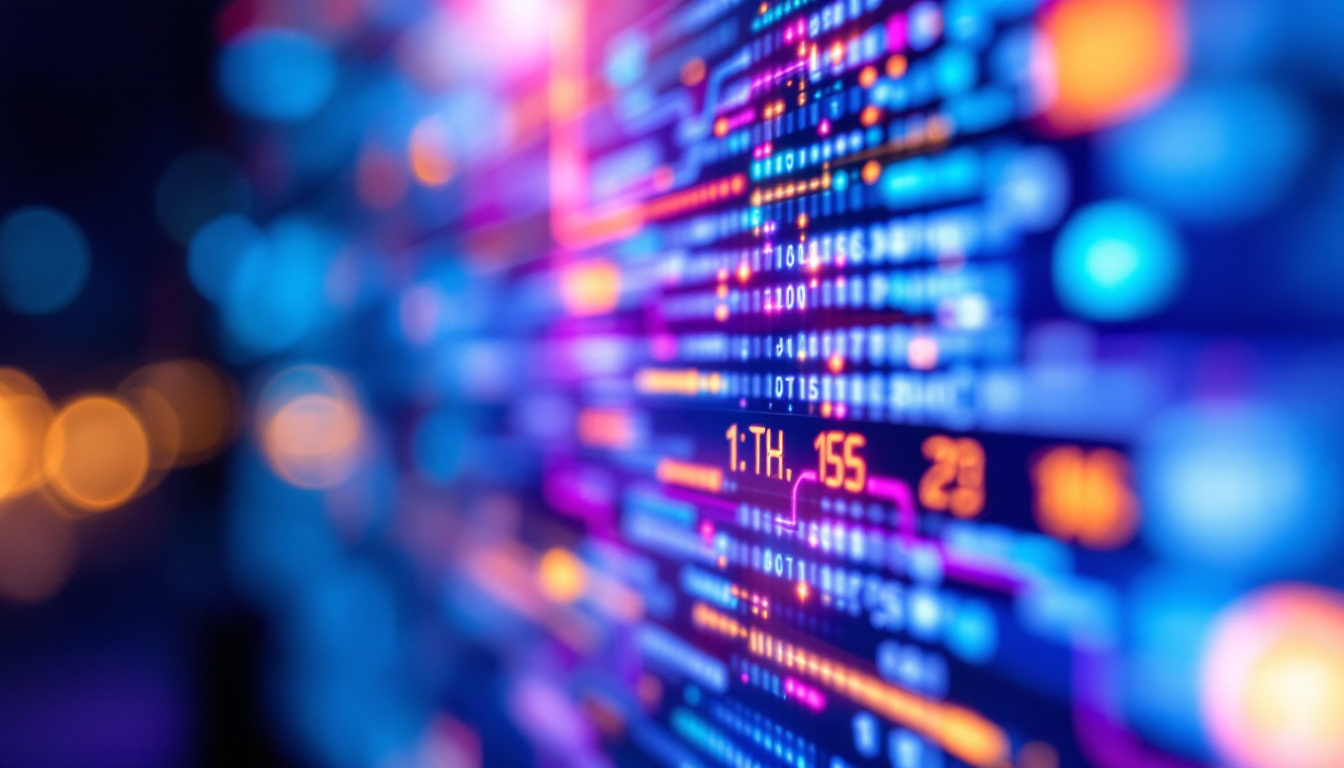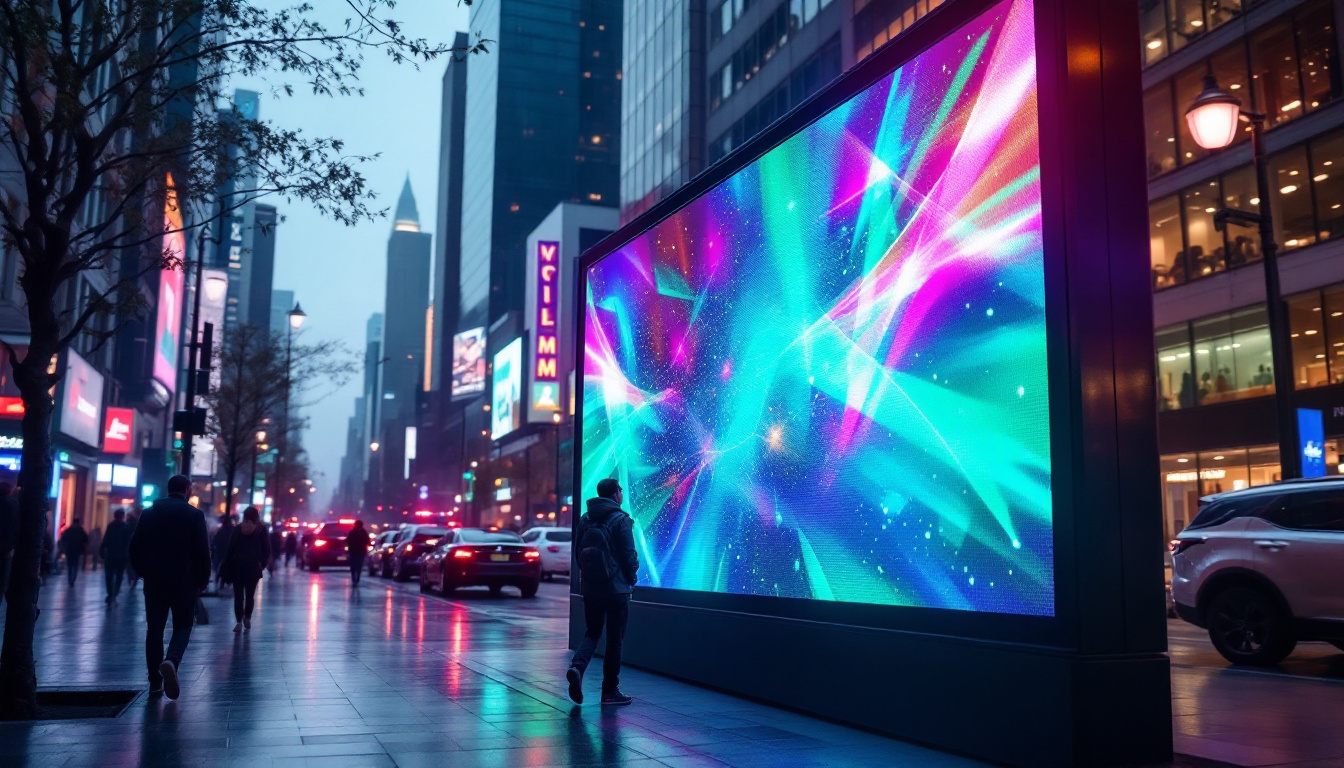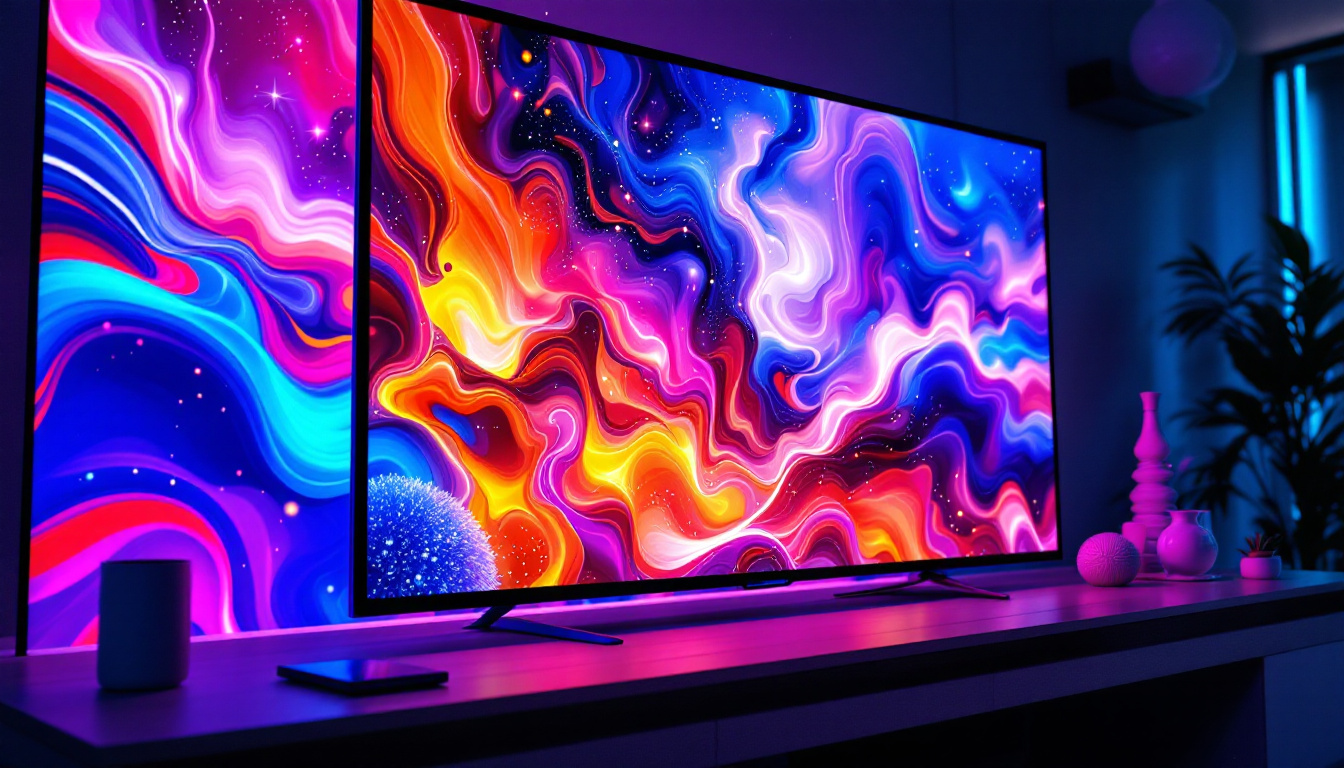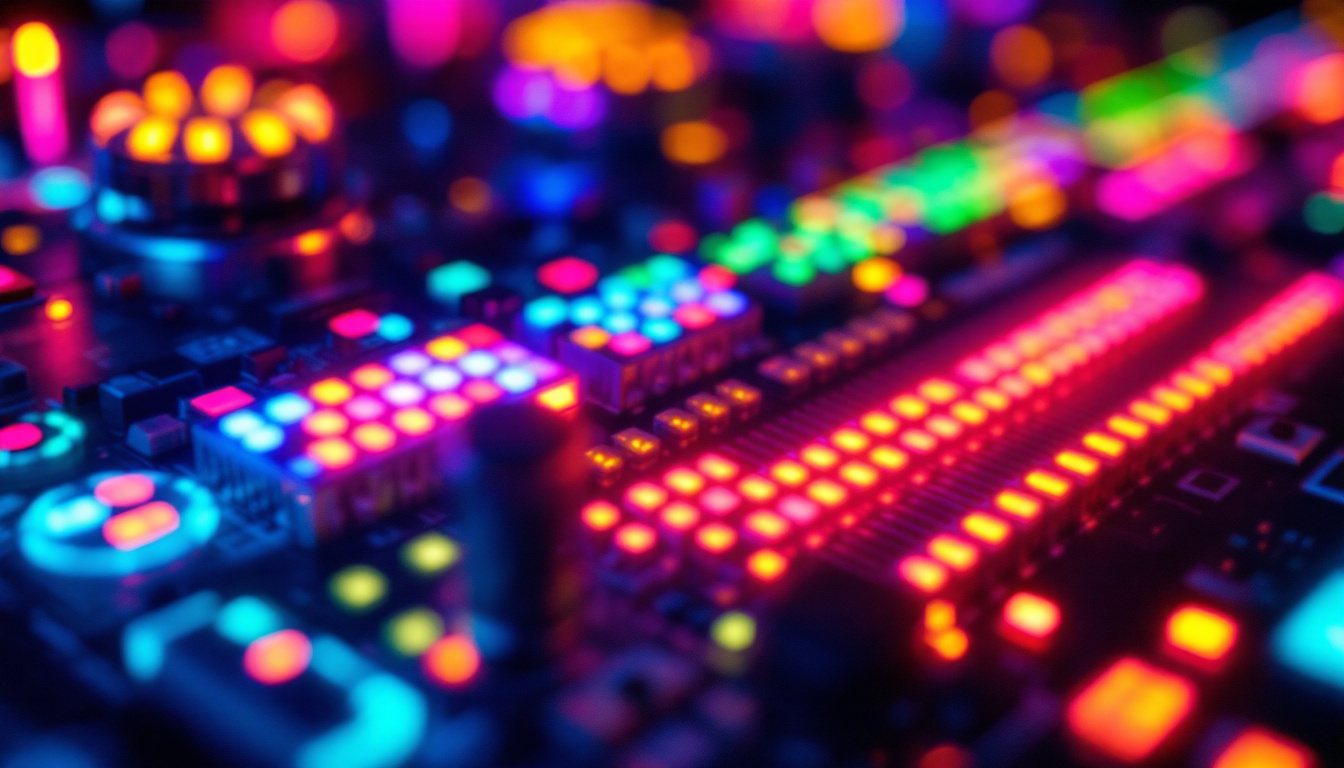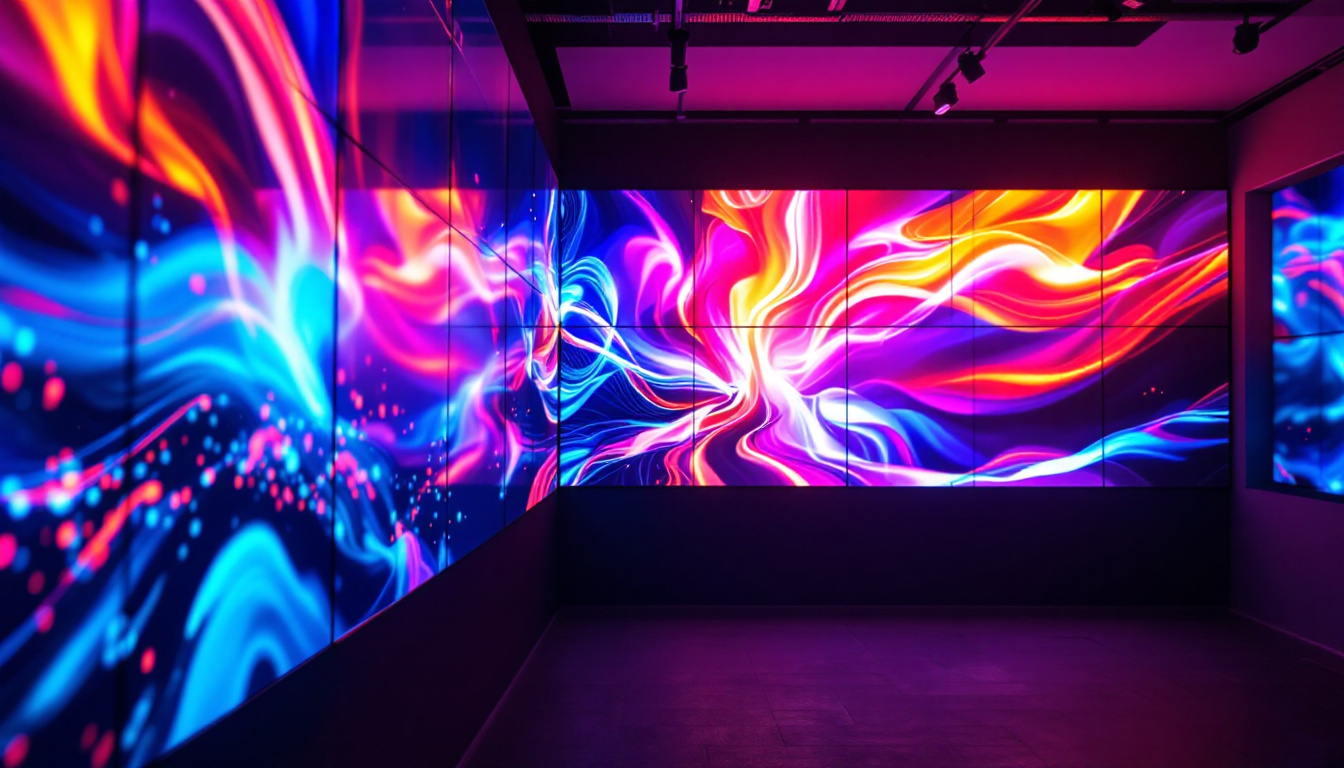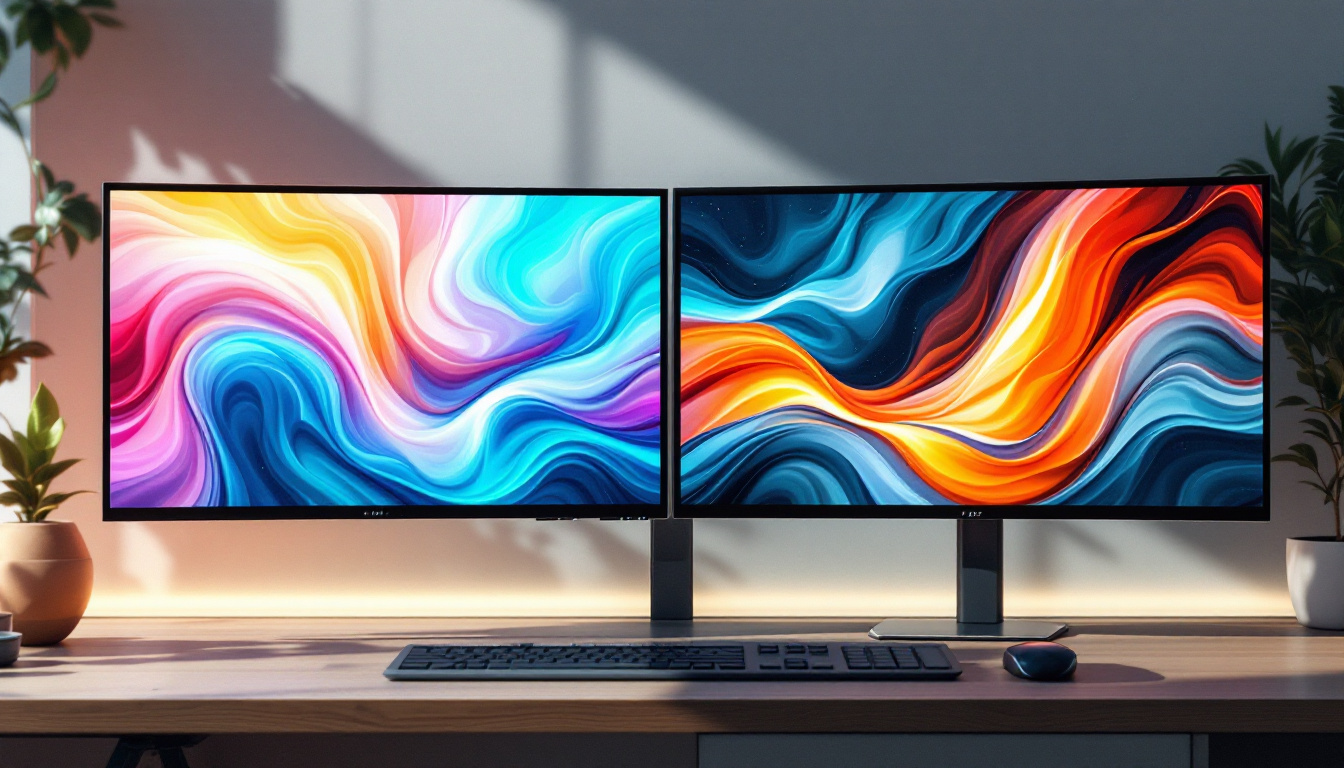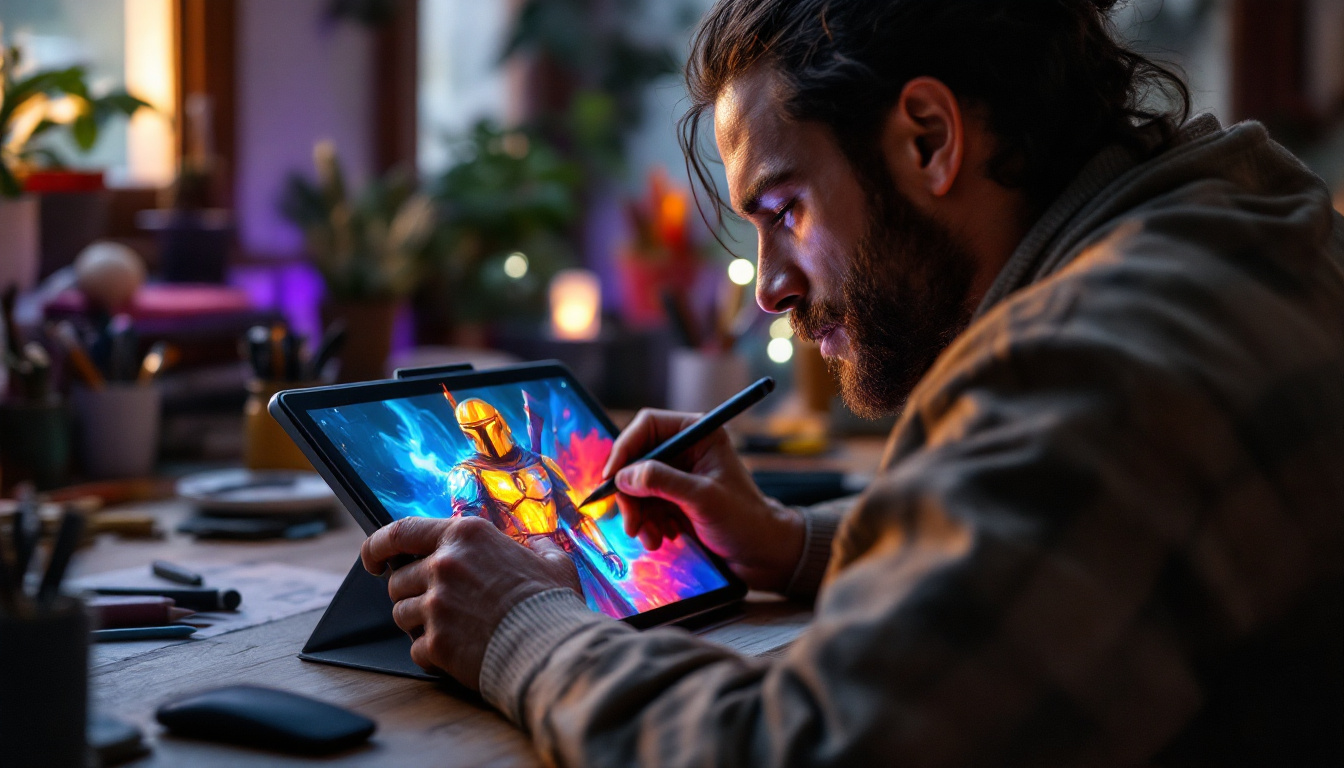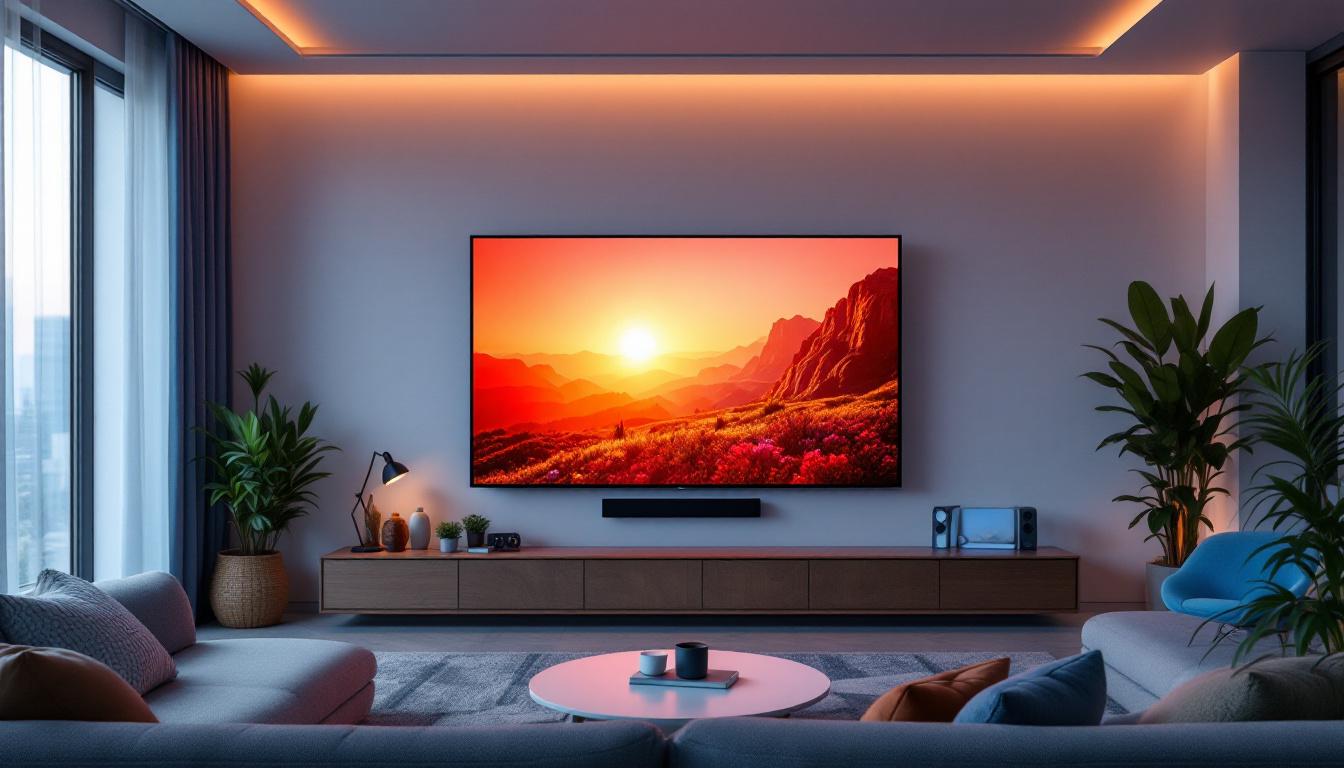The world of visual displays has evolved significantly over the past few decades, with LED technology leading the charge. At the forefront of this evolution is the Wwt Headquarters, a hub of innovation that showcases the latest in LED display technology. This article delves into the intricacies of LED displays, their applications, and the role they play in modern corporate environments.
Understanding LED Technology
Light Emitting Diodes (LEDs) have transformed the way we perceive visual content. Unlike traditional display technologies, LEDs offer superior brightness, energy efficiency, and longevity. This section will explore the fundamental principles behind LED technology and its advantages over other display types.
What is an LED?
An LED is a semiconductor device that emits light when an electric current passes through it. The light produced can be of various colors, depending on the materials used in the semiconductor. This versatility makes LEDs suitable for a wide range of applications, from simple indicator lights to complex video walls. The basic operation of an LED involves the recombination of electrons and holes within the semiconductor material, releasing energy in the form of photons. This process is known as electroluminescence, and it is the key to the efficiency and brightness that LEDs are known for.
Advantages of LED Displays
One of the most significant advantages of LED displays is their energy efficiency. They consume less power compared to traditional lighting technologies, which translates into lower operational costs. Additionally, LED displays have a longer lifespan, often lasting tens of thousands of hours. This durability reduces the frequency of replacements and maintenance, making them a cost-effective choice in the long run. Moreover, LEDs are environmentally friendly, as they do not contain harmful substances like mercury, which is found in some other lighting technologies. This aspect not only contributes to a reduced carbon footprint but also aligns with the growing demand for sustainable and eco-conscious solutions in various industries.
Applications of LED Displays
LED displays are utilized in various settings, including advertising, entertainment, and corporate environments. In advertising, they serve as dynamic billboards that can change content in real-time, attracting more attention than static displays. In corporate settings, LED screens are often used for presentations, video conferencing, and as digital signage, enhancing communication and engagement. Beyond these conventional applications, LEDs are also making strides in the realm of smart technology. For instance, they can be integrated with sensors and smart systems to create interactive displays that respond to viewer engagement, further revolutionizing how information is presented and consumed. Additionally, in the entertainment industry, LED technology has enabled the creation of immersive environments, such as concerts and theatrical productions, where vibrant colors and dynamic visuals play a crucial role in enhancing the overall experience for audiences.
The Role of LED Displays at Wwt Headquarters
At Wwt Headquarters, LED displays play a crucial role in creating an engaging and informative environment. The integration of these displays into the workspace not only enhances aesthetics but also improves functionality. This section examines how LED technology is utilized within the headquarters.
Enhancing Communication
Effective communication is vital in any organization, and LED displays facilitate this by providing real-time information. Whether it’s displaying company announcements, upcoming events, or critical metrics, these screens ensure that employees are always informed. The ability to update content instantly means that information can be tailored to suit the audience and the context. Additionally, the use of dynamic content, such as live social media feeds or news updates, keeps the information fresh and relevant, fostering a culture of transparency and engagement among employees.
Creating an Engaging Atmosphere
The visual appeal of LED displays contributes significantly to the overall atmosphere of the Wwt Headquarters. High-resolution screens can showcase vibrant images and videos, making the workspace more inviting. This engaging environment can boost employee morale and foster creativity, ultimately leading to increased productivity. Beyond aesthetics, these displays can also be programmed to reflect seasonal themes or company values, reinforcing a sense of community and belonging within the workplace. The ability to customize content based on different occasions or initiatives further enhances the connection employees feel to their environment.
Supporting Collaboration
In a modern workplace, collaboration is key. LED displays facilitate this by providing a platform for sharing ideas and information. In meeting rooms, large LED screens can be used to display presentations, enabling teams to collaborate effectively. Furthermore, interactive LED displays allow for real-time input from multiple users, enhancing the collaborative experience. These displays can also integrate with various software tools, allowing teams to brainstorm and visualize their ideas seamlessly. By providing a shared visual space, LED technology breaks down barriers and encourages open dialogue, making it easier for diverse teams to work together towards common goals.
Driving Innovation
Moreover, LED displays at Wwt Headquarters are not just about communication and collaboration; they also serve as a catalyst for innovation. By showcasing cutting-edge projects, technological advancements, and success stories, these screens inspire employees to think creatively and push the boundaries of what’s possible. Interactive displays can host hackathons or innovation challenges, where teams can present their ideas in real-time, fostering a culture of experimentation and forward-thinking. This dynamic use of LED technology not only highlights the company’s commitment to innovation but also empowers employees to take ownership of their contributions to the organization.
Types of LED Displays
LED displays come in various forms, each designed to meet specific needs and preferences. Understanding the different types can help organizations choose the right display for their requirements. This section outlines the most common types of LED displays found in corporate settings.
Direct View LED Displays
Direct View LED displays are made up of individual LED modules that are assembled to create a larger screen. These displays are known for their exceptional brightness and color accuracy, making them ideal for both indoor and outdoor use. They are often used in large venues, such as stadiums and concert halls, as well as in corporate environments for presentations and digital signage.
LED Video Walls
LED video walls consist of multiple LED panels arranged to form a larger display. These walls can be configured in various shapes and sizes, allowing for creative installations. They are particularly effective in environments where high-impact visuals are required, such as control rooms, broadcast studios, and event spaces. The seamless integration of multiple panels ensures a cohesive visual experience.
Transparent LED Displays
Transparent LED displays are an innovative solution that allows for visibility through the screen while still displaying content. These displays are often used in retail environments, where they can showcase products without obstructing the view of the store. They offer a unique way to engage customers and create an immersive shopping experience.
Installation and Maintenance of LED Displays
While LED displays offer numerous advantages, their installation and maintenance require careful planning and consideration. This section discusses the key factors to keep in mind when installing and maintaining LED displays in a corporate setting.
Installation Considerations
When installing LED displays, several factors must be considered, including location, size, and viewing distance. The display should be positioned to maximize visibility while minimizing glare and reflections. Additionally, the size of the display should be appropriate for the space and the intended use. For example, larger displays are ideal for high-traffic areas, while smaller screens may suffice for conference rooms.
Regular Maintenance
To ensure optimal performance, regular maintenance of LED displays is essential. This includes cleaning the screens to remove dust and debris, checking connections, and updating software as needed. Many manufacturers provide guidelines for maintenance, and following these recommendations can extend the lifespan of the displays and prevent costly repairs.
Upgrading Technology
As technology continues to evolve, upgrading LED displays may become necessary to keep up with advancements. Organizations should stay informed about the latest developments in LED technology and consider upgrading their displays to take advantage of improved features, such as higher resolution, enhanced color accuracy, and better energy efficiency.
The Future of LED Displays
The future of LED displays looks promising, with ongoing advancements in technology paving the way for even more innovative applications. This section explores emerging trends and the potential future developments in the field of LED displays.
Advancements in Resolution and Color Accuracy
As consumer expectations for visual quality continue to rise, manufacturers are focusing on improving resolution and color accuracy in LED displays. Higher pixel densities allow for sharper images and more vibrant colors, making displays more appealing for various applications. This trend is particularly relevant in industries such as advertising, entertainment, and corporate communications.
Integration with Smart Technology
The integration of LED displays with smart technology is another trend that is gaining momentum. Smart displays can connect to the internet and be controlled remotely, allowing for dynamic content updates and enhanced interactivity. This capability opens up new possibilities for engaging audiences and delivering personalized experiences.
Sustainability and Energy Efficiency
As organizations increasingly prioritize sustainability, the demand for energy-efficient LED displays is on the rise. Manufacturers are exploring ways to reduce the environmental impact of production and improve the energy efficiency of their products. This focus on sustainability not only benefits the planet but also aligns with corporate social responsibility initiatives.
Conclusion
LED displays have become an integral part of modern corporate environments, offering numerous benefits that enhance communication, collaboration, and engagement. At Wwt Headquarters, these displays exemplify the potential of LED technology to transform workspaces into dynamic and interactive environments. As technology continues to evolve, the future of LED displays promises even greater advancements, ensuring they remain a vital component of visual communication for years to come.
In summary, understanding the intricacies of LED displays, their applications, and their maintenance is essential for organizations looking to leverage this technology effectively. By investing in high-quality LED displays and staying informed about emerging trends, businesses can create engaging environments that foster innovation and productivity.
Discover LumenMatrix LED Display Solutions
Ready to elevate your corporate environment with the latest LED display technology? LumenMatrix is at the forefront of innovation, offering a wide array of LED display solutions that bring your brand to life. From captivating Indoor and Outdoor LED Wall Displays to dynamic Vehicle and Sports LED Displays, our products are designed to create immersive visual experiences. Explore our versatile range, including LED Poster Displays, Floor LED Displays, Custom LED Displays, and our pioneering All-in-One and Transparent LED Displays. Embrace the future of visual communication with LumenMatrix and transform your space into a hub of engagement and creativity. Check out LumenMatrix LED Display Solutions today and start your journey towards unparalleled visual impact.

